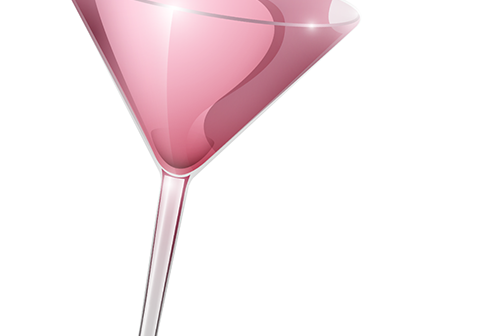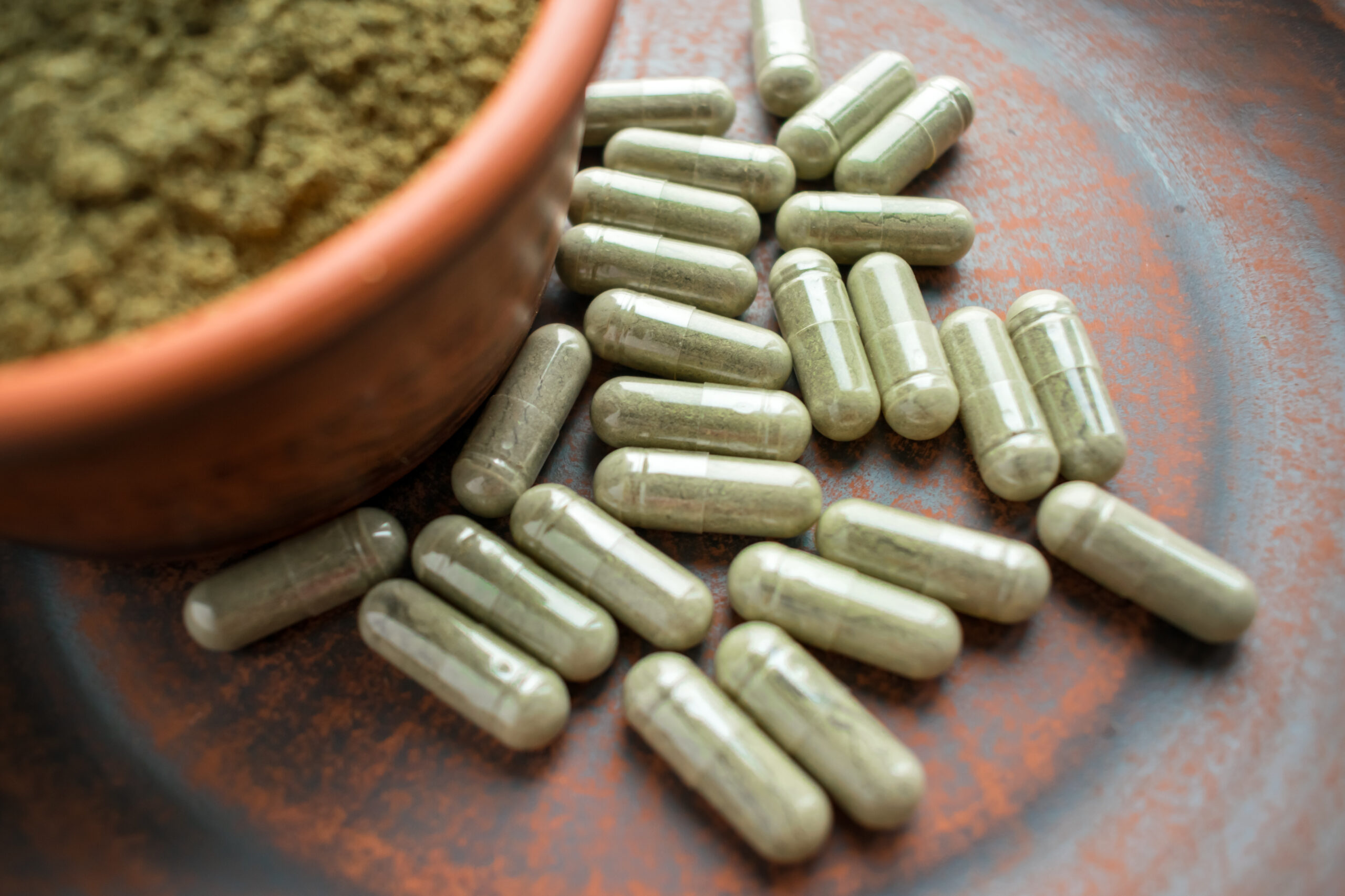
The Case
A 43-year-old woman arrives at the emergency department complaining of epigastric pain after eating a large lunch. She has presented to the emergency department a few times before for a similar presentation and been diagnosed with gastroesophageal reflux disease (GERD). She is usually given a “GI cocktail” to treat her symptoms while the workup is being completed. She says it works but tastes awful and asks if there is anything else she could try this time.
Explore This Issue
ACEP Now: Vol 39 – No 11 – November 2020Clinical Question
Is antacid plus lidocaine better than antacid alone in treating patients presenting to the emergency department with epigastric pain?
Background
Antacid, either alone or combined with other medications, is routinely given to ED patients suffering with epigastric pain. Such medications include viscous lidocaine, an antihistamine, a proton pump inhibitor, or an anticholinergic.1,2 In the United States, the combination treatment has been referred to as a “GI cocktail,” while in Canada and Australia it is commonly called a “pink lady.”
A previous randomized control trial (RCT) compared 30 mL of antacid with or without 15 mL of viscous lidocaine. It found that the addition of lidocaine significantly increased pain relief and decreased patient pain scores compared to antacid alone.3
Another RCT compared antacid plus either viscous lidocaine or a benzocaine solution. The result from this trial found no statistical difference between the two interventions. It should be noted that there was no antacid monotherapy group in this second trial.4
A third RCT compared 30 mL of antacid monotherapy, antacid with 10 mL of an anticholinergic, and antacid with anticholinergic and 10 mL of 2% viscous lidocaine. This trial demonstrated that all three treatments had clinical efficacy, with no statistical difference in pain relief between the different treatment groups. The authors’ conclusion was to recommend antacid monotherapy in these patients.5
Reference: Warren J, Cooper B, Jermakoff A, et al. Antacid monotherapy is more effective in relieving epigastric pain than in combination with lidocaine: a randomized double-blind clinical trial [published online ahead of print June 29, 2020]. Acad Emerg Med.
- Population: Adult patients 18 years and older with epigastric pain or dyspepsia presenting to the emergency department.
- Intervention: Viscous group received 10 mL oral lidocaine 2% viscous gel plus 10 mL antacid.
- Comparison:
- Solution group received 10 mL lidocaine 2% solution plus 10 mL antacid.
- Antacid group received 20 mL antacid monotherapy.
- Outcome:
- Primary Outcome: Change in pain scores on 100 mm visual analog scale (VAS) at 30 minutes.
- Secondary Outcomes: Medication palatability (ie, taste, bitterness, texture, and overall acceptability) using a VAS, change in pain score 60 minutes post administration, and adverse events.
Authors’ Conclusions
“A 20 mL dose of antacid alone is no different in analgesic efficacy than a 20 mL mixture of antacid and lidocaine (viscous or solution). Antacid monotherapy was more palatable and acceptable to patients. A change in practice is therefore recommended to cease adding lidocaine to antacid for management of dyspepsia and epigastric pain in the ED.”
Key Results
There were 89 participants enrolled in the trial who could be analyzed. Thirty received the viscous treatment, 31 the solution, and 28 antacid monotherapy. The mean age was early 40s, around two-thirds were female, and 80 percent were discharged with a gastrointestinal diagnosis.
All three treatments worked, and there was no statistical difference between groups. The solution group and antacid monotherapy group provided clinically important (>13 mm) analgesia at 30 minutes (17 mm and 20 mm, respectively), while the viscous group did not (9 mm). However, there was no statistically significant difference between the three treatments groups.
All three groups experienced additional pain relief by 60 minutes. The change in median pain scores was clinically significant (>13 mm) for all three arms (21 mm, 26 mm, and 32 mm).
Participants found antacid monotherapy to be the most palatable solution. The most frequent adverse effect was oral numbness. It was only reported in the lidocaine solution (26 percent) and viscous group (20 percent), not in the antacid monotherapy group.
Evidence-Based Medicine Commentary
- Inclusion Criteria: Patients were enrolled prospectively based on their clinician providing an antacid therapy. This resulted in the inclusion of some patients with non-GI causes of pain. This could have decreased the effect size observed in the three different treatment groups.
- Selection Bias: Patients were also not enrolled overnight. Patients who present on the night shift might be different than those who present during the day shift (for example, there might be different rates of alcohol-related gastritis, or patients might present with dyspepsia more often after larger evening meals, etc.). It is unclear if this issue would have affected the results and, if so, in what direction.
- Blinding: The solutions were not made to look identical. This could have unblinded the trial to the nursing staff. The patients may also have been unblinded. Lidocaine has a bitter taste and causes oral numbness. This could have introduced a placebo effect into the trial. It is been shown that bitter-tasting treatments can increase the placebo effect.6,7 However, given the direction of this bias toward the lidocaine-containing combination therapies, this would only strengthen our confidence in the results of no statistical difference with monotherapy alone.
- Diagnosis: As stated, patients were enrolled if antacid therapy was provided regardless of the diagnosis. Some patients were found to have non-GI reasons for their epigastric pain. However, there are also multiple GI causes of pain (eg, dyspepsia, GERD, gastritis, peptic ulcer disease, etc.). This trial did not have a large enough sample size to determine if antacid plus lidocaine would be more effective than antacid monotherapy in any of these subgroups.
- Other Comparisons: There was no comparison to any other medications such as H2 receptor antagonists, proton pump inhibitors, and anticholinergics. We do not know from this trial whether antacid alone or in combination with lidocaine would be better, worse, or similar to these other treatment modalities, nor whether the typical GI cocktail might fare better in combination with these other treatments.
Bottom Line
Consider using antacid monotherapy for patients presenting to the emergency department with epigastric pain rather than a lidocaine-containing combination therapy.
Case Resolution
The workup is negative for other serious causes. You diagnose her with GERD again but give her 20 mL of an antacid without any lidocaine. Her epigastric pain resolves, and she says the medicine tasted much better than last time. You refer her to a gastroenterologist for an outpatient workup.
Thank you to Dr. Chris Bond, an emergency medicine physician from Calgary, for his help with this review.
Remember to be skeptical of anything you learn, even if you heard it on the Skeptics’ Guide to Emergency Medicine.
References
- Kahrilas PJ. Medical management of gastroesophageal reflux disease in adults. Up To Date website. Accessed Oct. 23, 2020.
- Talley NJ, Vakil N. Guidelines for the management of dyspepsia. Am J Gastroenterol. 2005;100(10):2324-2337.
- Welling LR, Watson WA. The emergency department treatment of dyspepsia with antacids and oral lidocaine. Ann Emerg Med. 1990;19(7):785-788.
- Vilke GM, Jin A, Davis DP, et al. Prospective randomized study of viscous lidocaine versus benzocaine in a GI cocktail for dyspepsia. J Emerg Med. 2004;27(1):7-9.
- Berman DA, Porter RS, Graber M. The GI cocktail is no more effective than plain liquid antacid: a randomized, double blind clinical trial. J Emerg Med. 2003;25(3):239-244.
- Wright SA, Hernandez JMC, Sundar A, et al. If it tastes bad it must be good: consumer naïve theories and the marketing placebo effect. Int J Research Marketing. 2013;30:197-198.
- Kihlstrom JF. Placebo: feeling better, getting better, and the problems of mind and body. Mcgill J Med. 2008;11(2):212-214.
Pages: 1 2 3 | Multi-Page






No Responses to “Do Antacid Monotherapy or GI Cocktails Work Better for Epigastric Pain?”